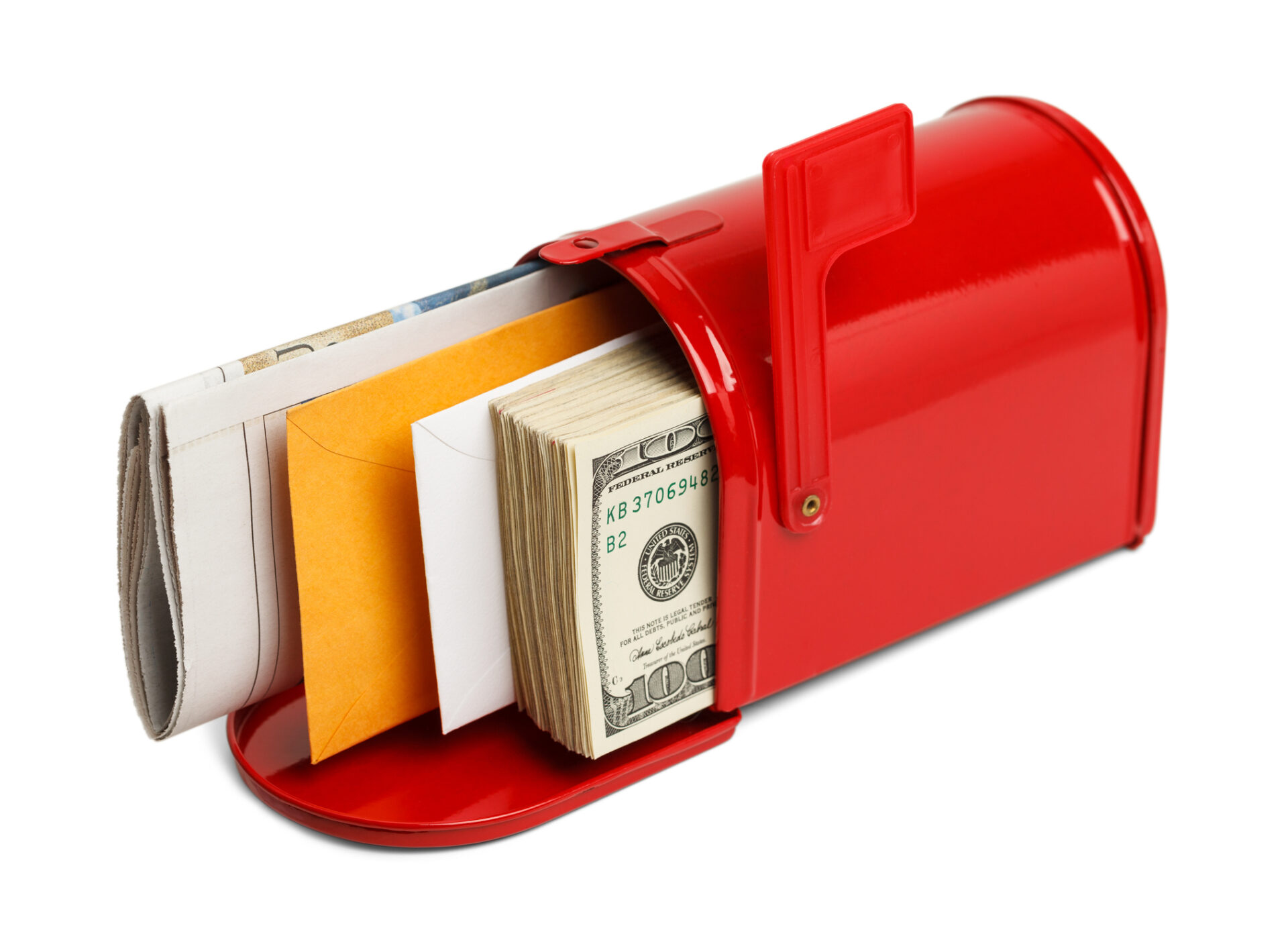Why you need to prioritize saving into your 401(k) retirement plan
A Time to Reflect
It is hard to believe, but somehow the weather is already cooling off, the leaves are changing, and holiday decorations have started popping up in my local Target. It seems like just yesterday it was the peak of summer and 100+ degrees outside! Regardless, we have made it here. In addition to the seasonal changes, it is also a prudent time to really sit back and review your employee benefits. Health insurance often gets all the talk at this time of the year, but it is just as important to review your savings rates in your 401(k), 403(b), or other retirement plan.
When I was in my freshman year of college, I had a professor tell me, “If you find a job with a pension, NEVER leave it.” I was only 18 years old at the time, and I did not entirely understand why a pension was so important, but as I started working in the financial planning industry, I quickly found out just how beneficial pensions are to creating a safer retirement. I also saw that traditional pensions are hard to come by these days.
An Argument to Save for Retirement
Over the past few decades, most employers have phased out defined benefit pension plans (which are funded by your employer and provide a set amount in retirement) in favor of defined contribution plans (which are funded by a combination of you and your employer and only pay out as long as the account has funds). 401(k) plans, 403(b) plans, 457 plans, and the Thrift Savings Plan (TSPs) are all defined contribution plans. This report from the Congressional Research Service shows the decline over the years: if you look back to 1975, there were about 27 million people covered by private sector, defined benefit pension plans and only about 11 million covered by defined contribution plans. Fast forward to 2019, and the defined benefit participation dropped to about 12.5 million whereas the defined contribution participation has shot up to around 85.5 million.
While most people reading this will not have access to a defined benefit, private pension plan in retirement, at least everyone will have Social Security, right?
Well you certainly should. Regardless of what you have heard about the trust for social security running out in 2034 or any other year, we expect Social Security benefits will continue to pay out because about 91 percent of monthly benefit checks are funded by FICA taxes (federal taxes on payroll). That said, the average Social Security check today is $1,862 per month, which is barely enough for rent in a lot of areas of the United States, let alone to put food on the table or Christmas presents under the tree for your grandkids.
It is important to understand that Social Security was never intended to fund your entire retirement. Even going back to Franklin Delano Roosevelt’s speech when he signed the Social Security Act into law, he said:
“We can never insure one hundred percent of the population against one hundred percent of the hazards and vicissitudes of life, but we have tried to frame a law which will give some measure of protection to the average citizen and to his family against the loss of a job and against poverty-ridden old age.”
Social Security was only intended to provide some level of income in retirement as a floor; it was always designed to work in conjunction with other forms of income. In the past, that other income was primarily from private pension plans; however, to put it simply, most Americans today do not have access to pensions, so the ability to fund the retirement that you want to live primarily depends on your decision to save into your 401(k).
How Much Should You Save? Pinpointing a Number
I hope I have established that you need to be saving into your employer retirement plans. The next logical thing to figure out is how much you should be saving so that there is enough money for your whole retirement.
Honestly, the best answer to give you is “It depends” because the reality is that everyone has different goals and different needs today as well. But let me discuss some ways for you to determine your own comfortable savings rate – comfortable for both today and for the far tomorrow. While it does depend on your specific needs and goals, there are some key takeaways I want you to learn from this.
Deferring income into your retirement savings does decrease your income today. That is not always a bad thing, especially for high income earners who could use the tax bill savings, but first you need to ensure that you can meet your needs today. There is no point in contributing the maximum to your retirement savings if you can not afford to eat.
Many employers offer to match your contributions up to a certain amount as an employment benefit. If your employer offers this, and your basic “today” needs are met, you should contribute enough to your retirement plan to get the full match from your employer. For example, a common match strategy is for the employer to match 100 percent up to the first 3 percent of you contribute and then 50 percent for the next 2 percent you contribute. What this means is that if you contribute at least 5 percent of your income, they will add an additional 4 percent on your behalf. So if you are on an annual salary of $100,000 and contribute $5,000 to your retirement plan over the course of the year, the employer match would bring you to a total of $9,000 in contributions for the year. I nearly always recommend that clients contribute at least enough to get that “free money” match.
While it is important to get that full match, it is likely that amount will still not be enough to meet your goals in retirement. Most people will need to contribute more than just the match threshold in order to accumulate enough to keep a similar standard of living in retirement that they have while working. How much? I have seen recommendations to start at 10 percent and then increase your contributions annually by an additional 1 percent each year. Fidelity sets 15 percent as a base guideline.
The truth is that it really does depend on your specific goals and needs, and you will need to sit down, decide how much of your income you want to replace in retirement, and do a little math. If you intend to keep the same or even increase your standard of living in retirement, you may need to contribute closer to 20 percent or more each year (and invest those contributions accordingly; it is very important not to leave your contributions sitting in cash, where they cannot grow with the market over time).
One other factor that often drives savings rates is tax planning. By contributing to a pre-tax 401(k), you reduce your income in that tax year. So if you are on the edge of a tax bracket, increasing your savings rate may be able to keep those dollars out of the higher tier. To decide, consider whether you expect to pay higher taxes now or in your retirement years, based on your expected income and other factors. Remember that tax rates are marginal!
After health insurance, arguably the biggest benefit that employees typically have is access to a retirement plan like a 401(k). With the fall in pension plans over the past 50 years, the need to save in your employer sponsored retirement plans has only gone up. While it is easy to say you should save enough to get your employer match, the best way to know exactly how much you should contribute to protect yourself in retirement is to sit down with a financial advisor to discuss both your long-term goals and tax planning.
Jacob Yocco, CFP®










